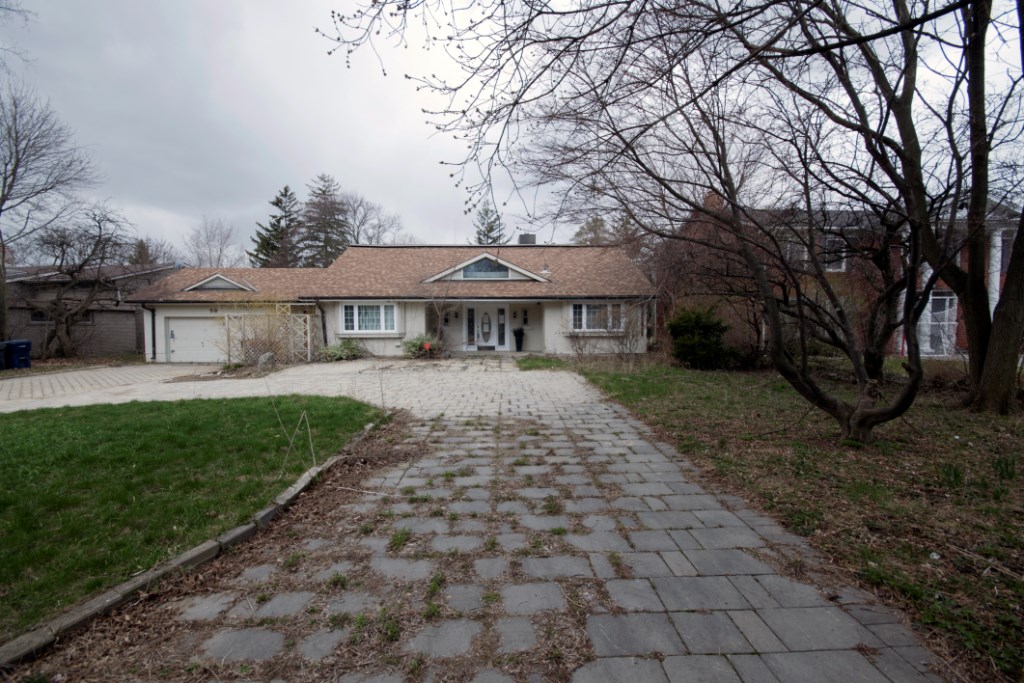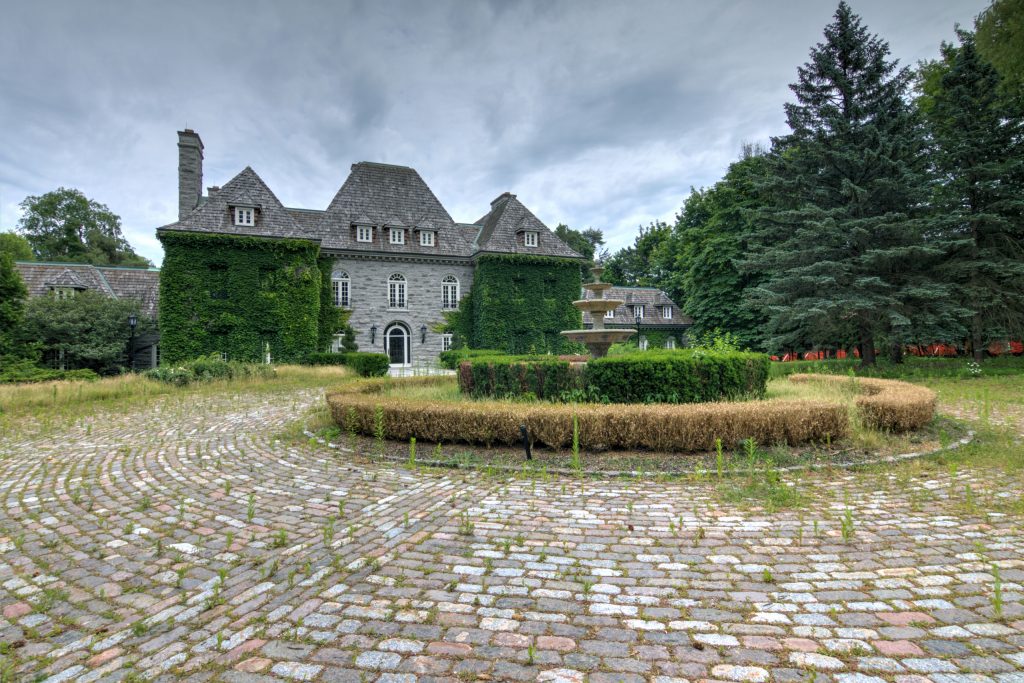This house was originally hidden in a forested area of a large city.
I spoke to the real estate company who was developing the area and they confirmed that the property wouldn’t be demolished. Furthermore the realtor granted us permission to explore the property and to take photographs. Some of you might feel this isn’t ‘urban exploring’ but the alternative was to wait until someone broke in and potentially trashed the place.
In September of 2014 I explored the inside, meeting the realtor outside of the house. He unlocked the door and left – asking me to lock the door behind me. On the long weekend someone kicked in the door, though no damage was caused.
I thought that the house would be too far outdated to ever be able to be sold. As you can see from the before and after photos, Sifton Properties did a fantastic job of modernizing this beauty.
History
The property was originally owned by John Doyl who was granted the land in 1820. Mr. Doyl sold the 200 acres of land in 1822 to John O’Neil. Eventually the property made its way to James Williams Junior who, in 1871, built a home on the property. James Williams and his father purchased other lots of land in what is now London’s downtown district.
Mr. Williams gave up his career as a blacksmith to work as a farmer (presumably on the same land). He died in 1895 and left part of the farm to his five children.
In 1897 the northern part of the property was purchased by Thomas Brown who rented out the house and farm. The property went through four more owners, the last being Joe and Thelma Scott who owned and farmed the land from 1966 until 2006.
I paid a revisit to this property in August of 2020. It’s no longer a sole house in the middle of a muddy area and roads still being made to allow construction vehicles access. It’s now a fully developed subdivision with streets of homes and families.
A happy ending.
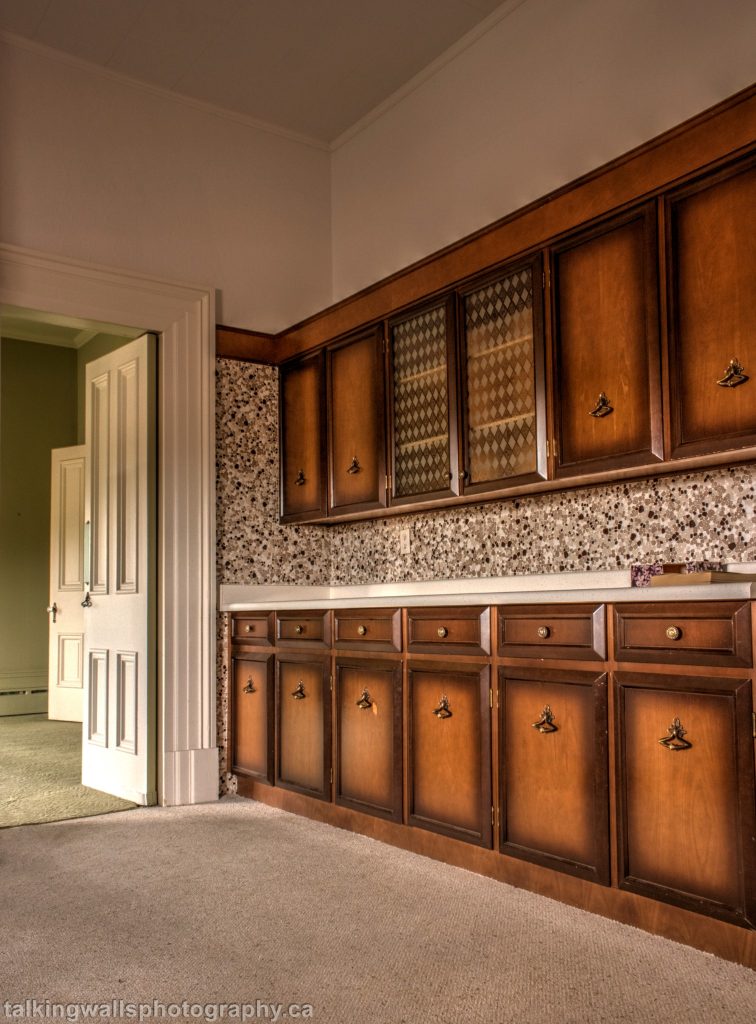
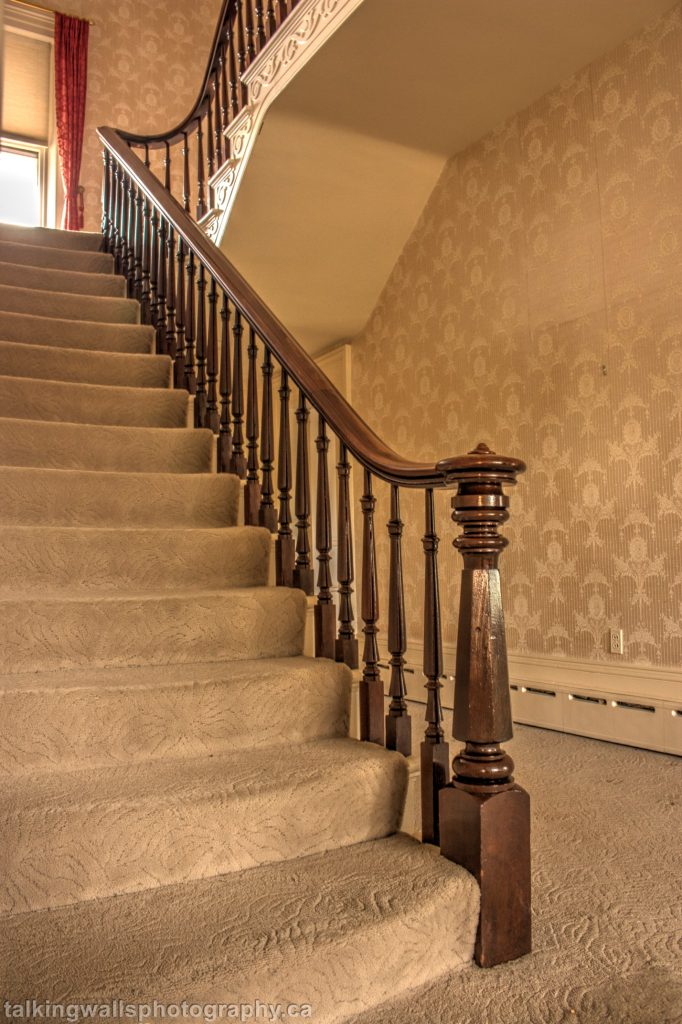
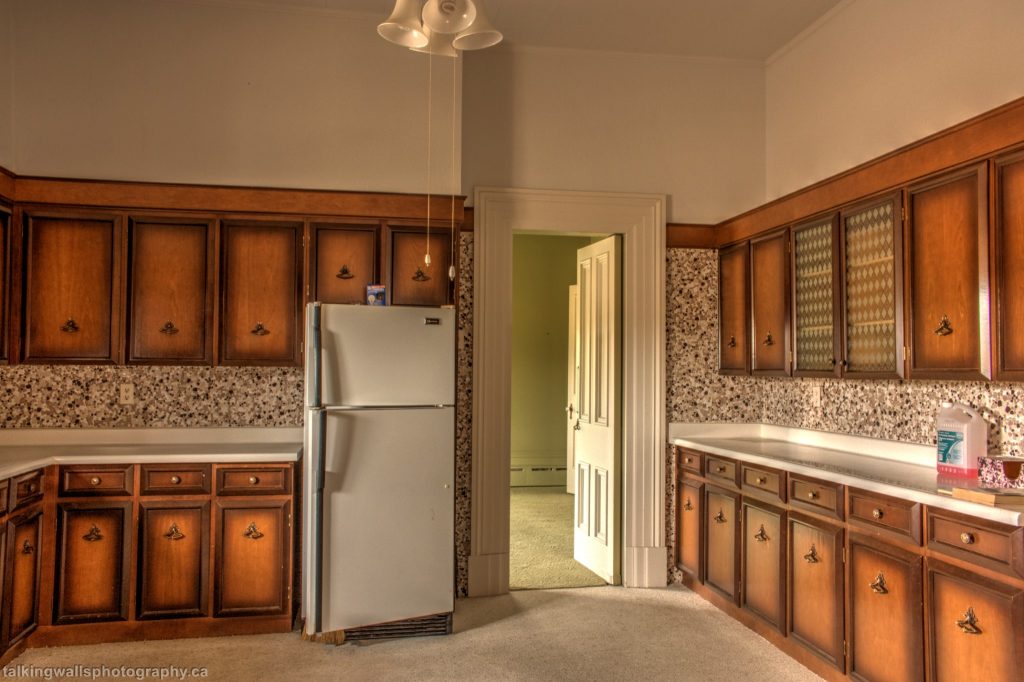
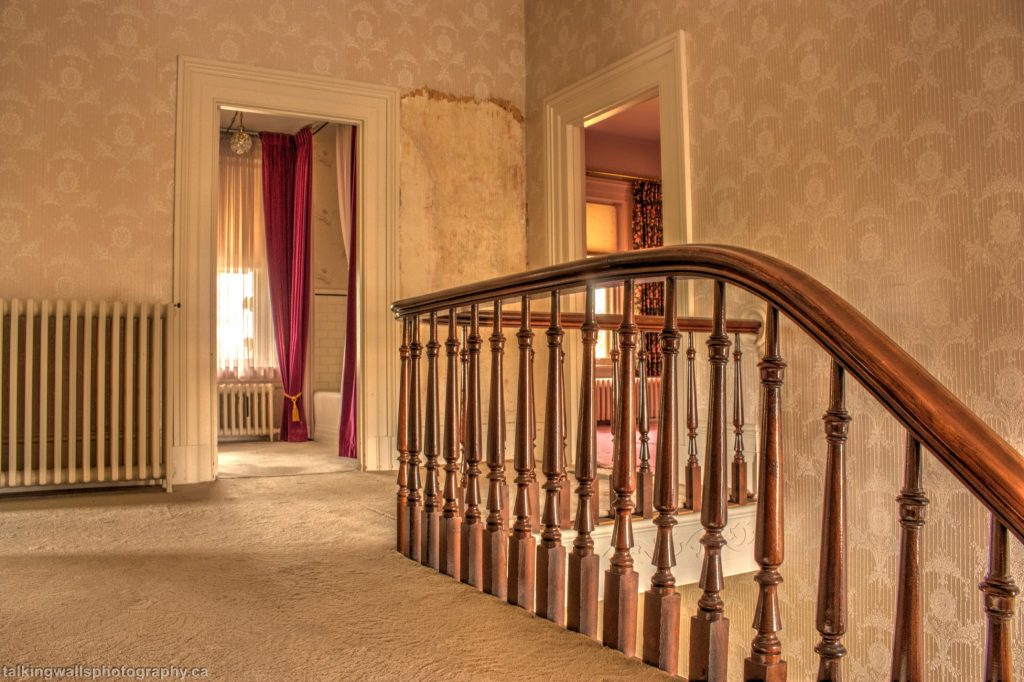
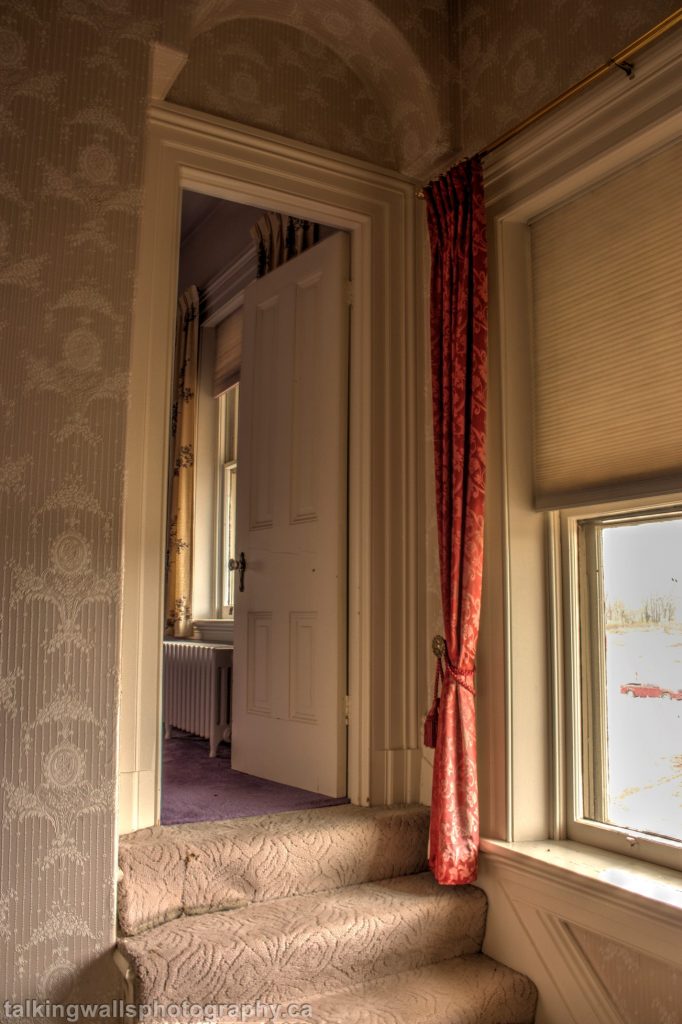
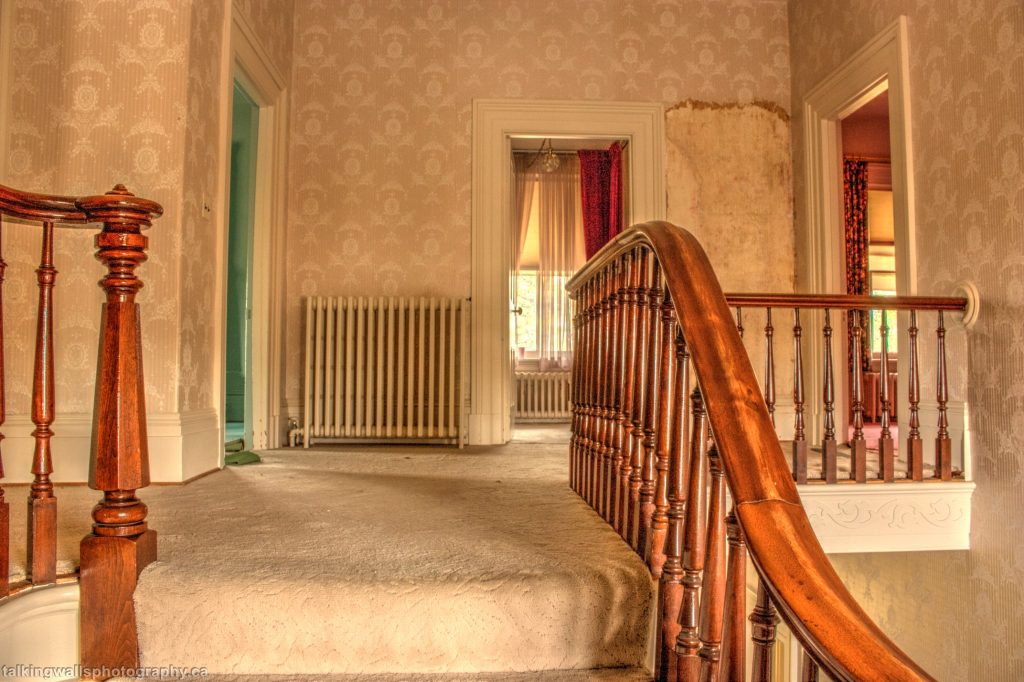
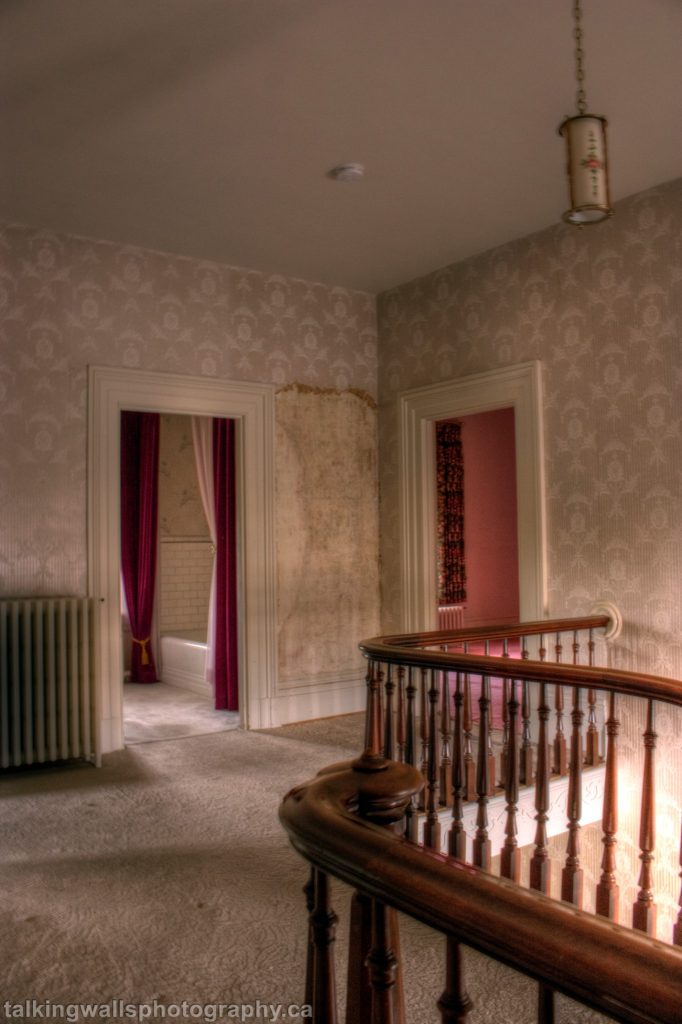
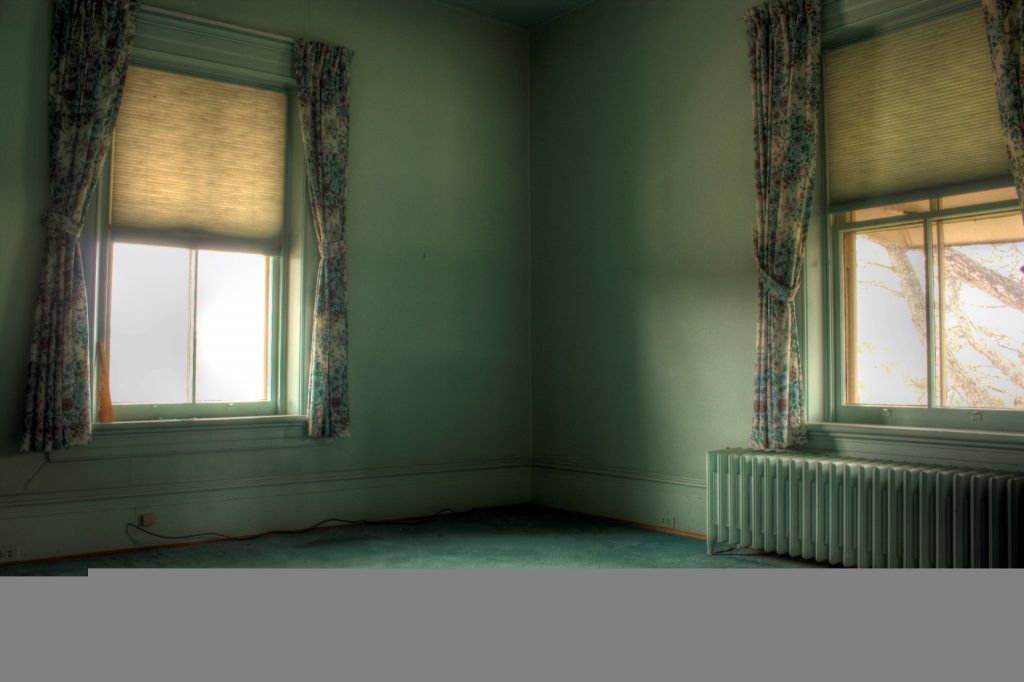
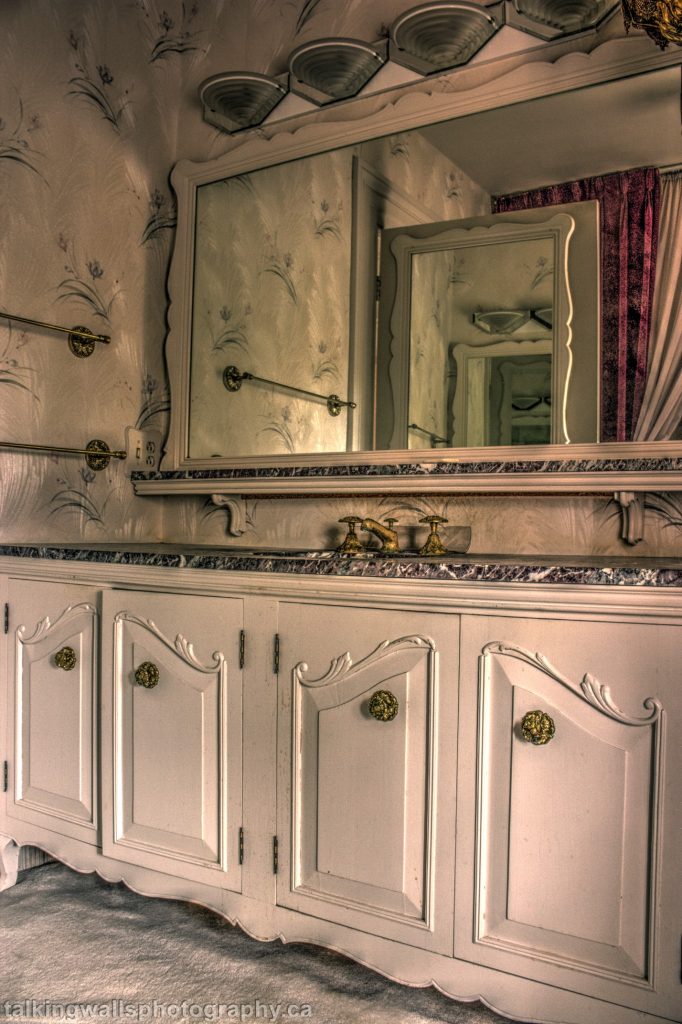
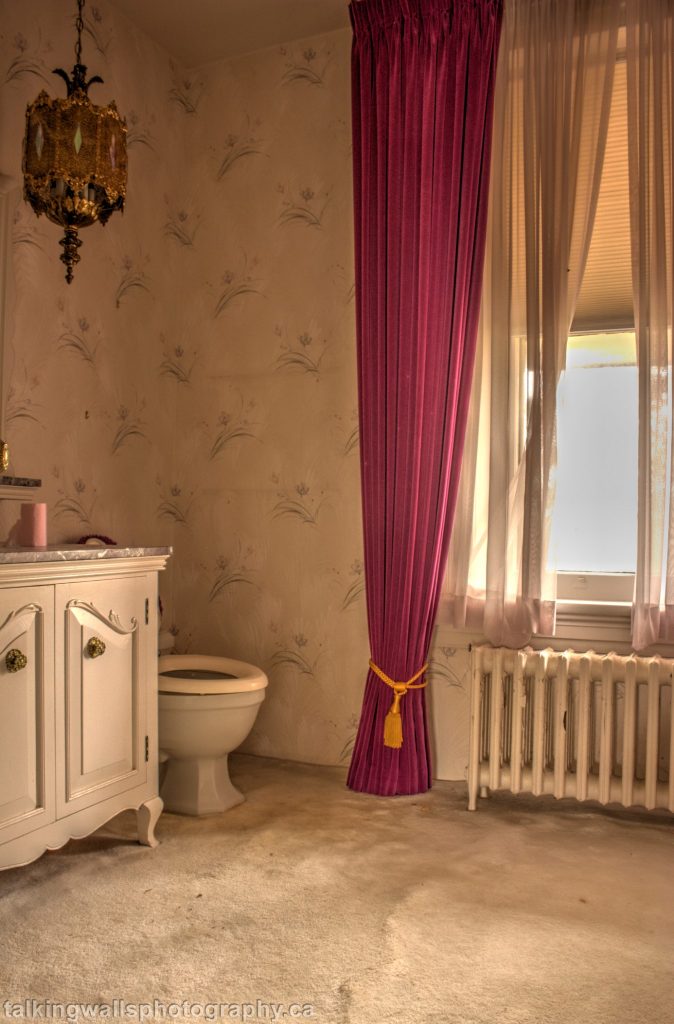
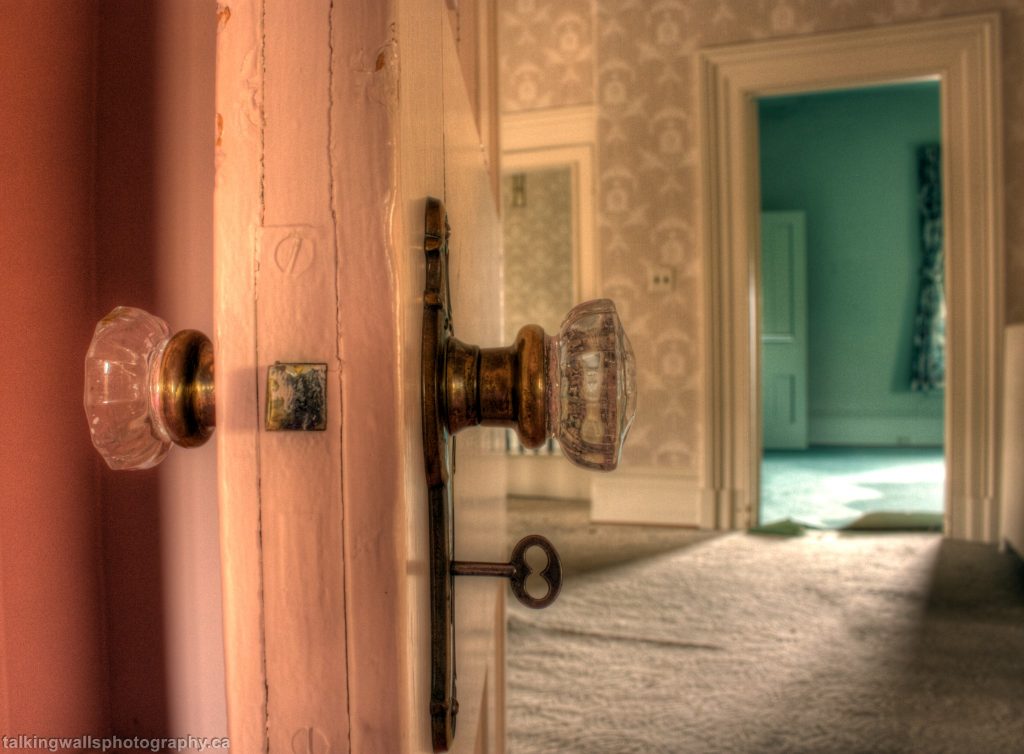
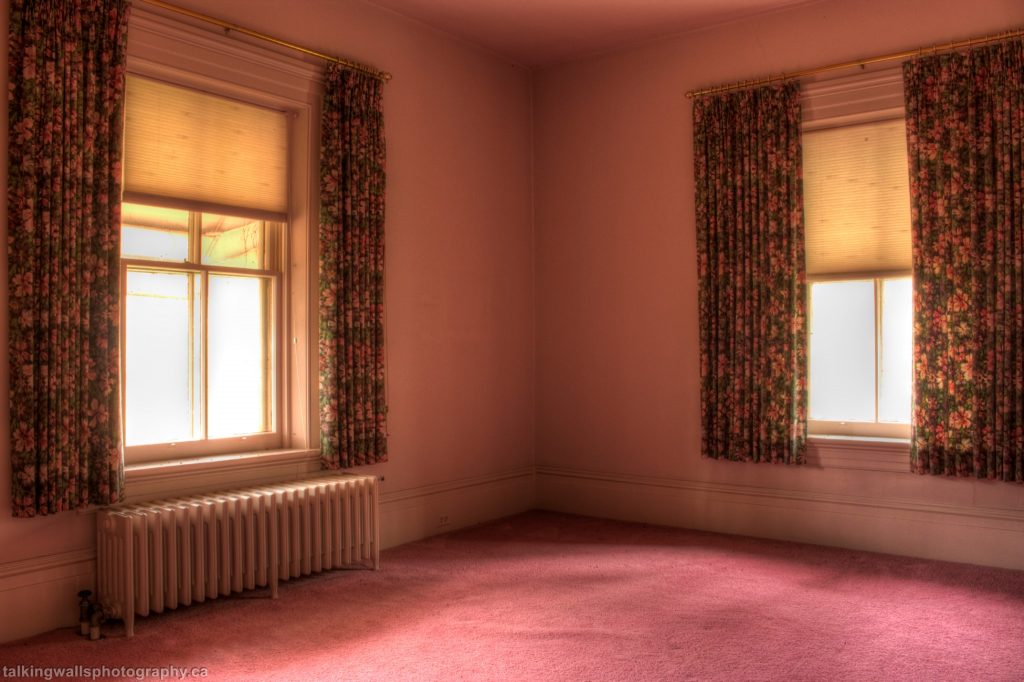
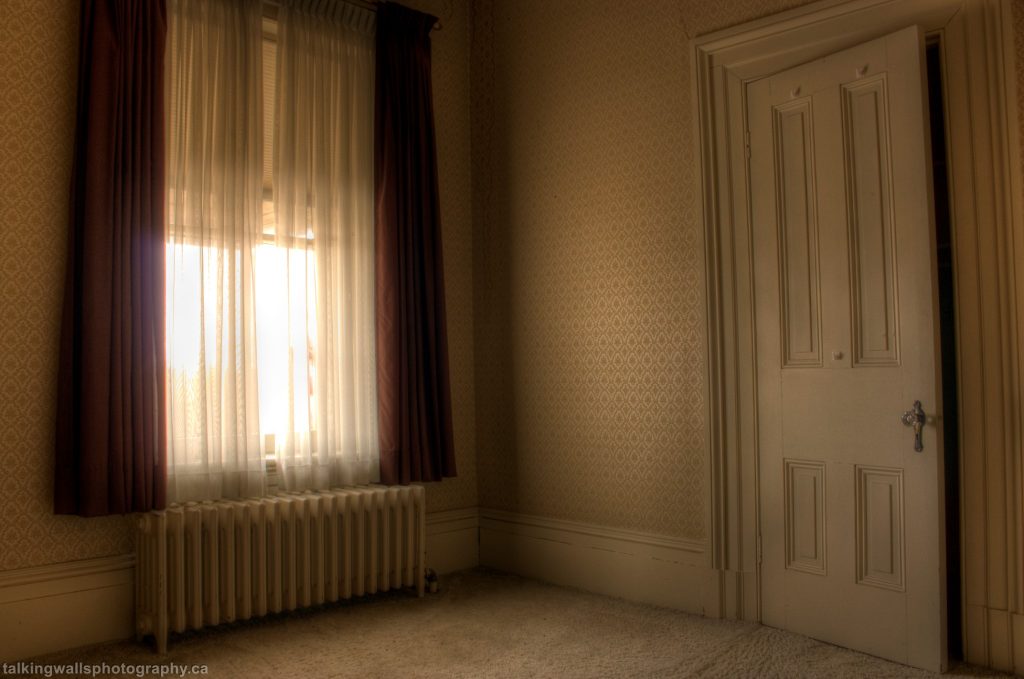
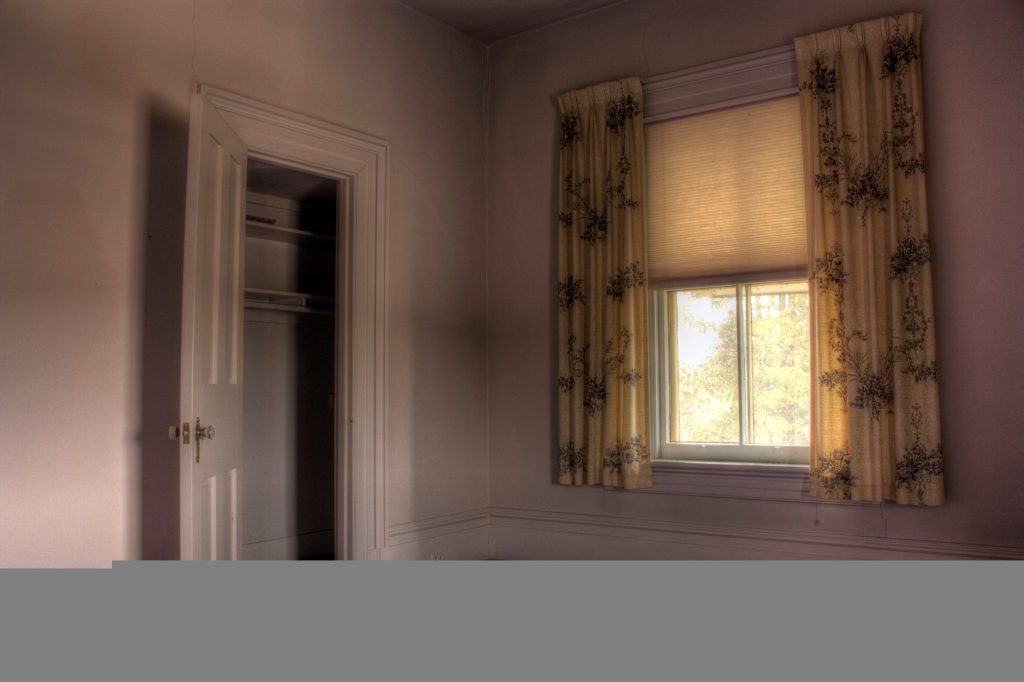

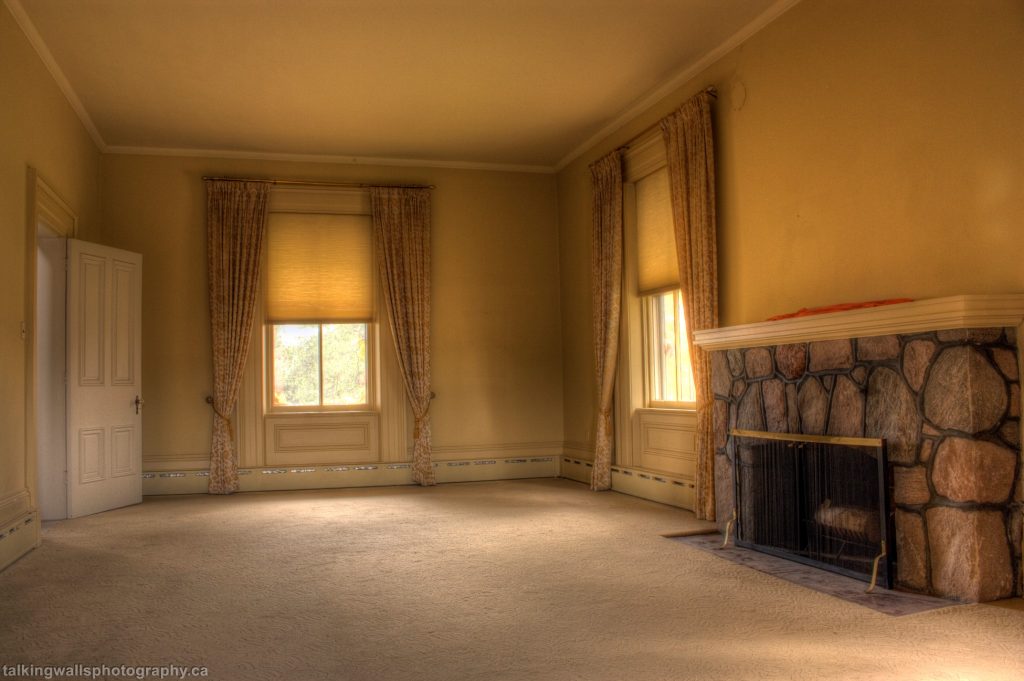
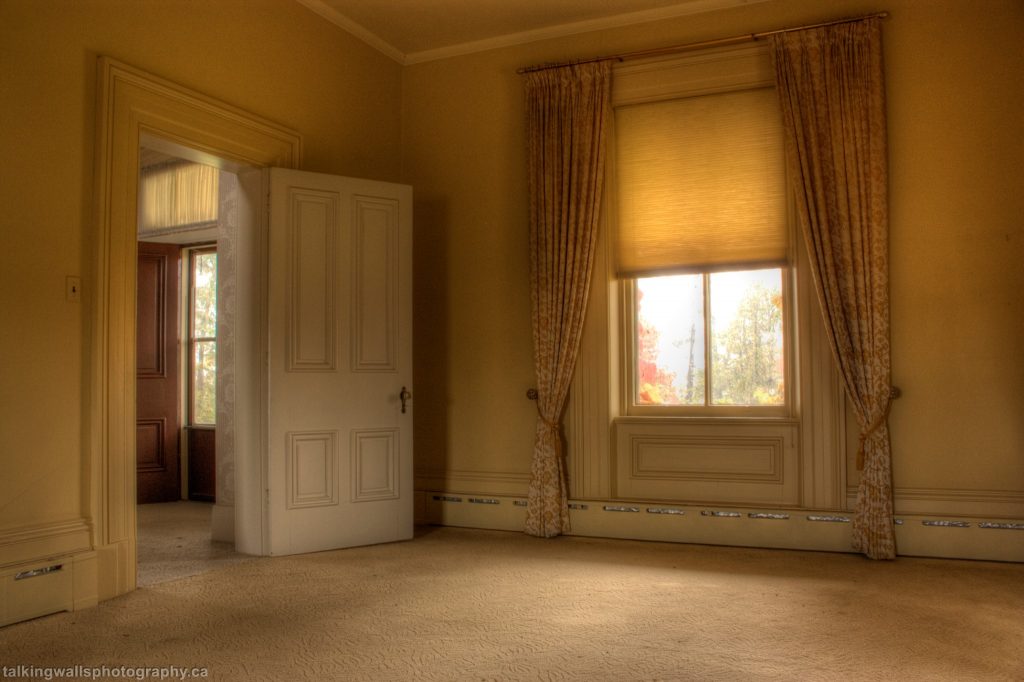
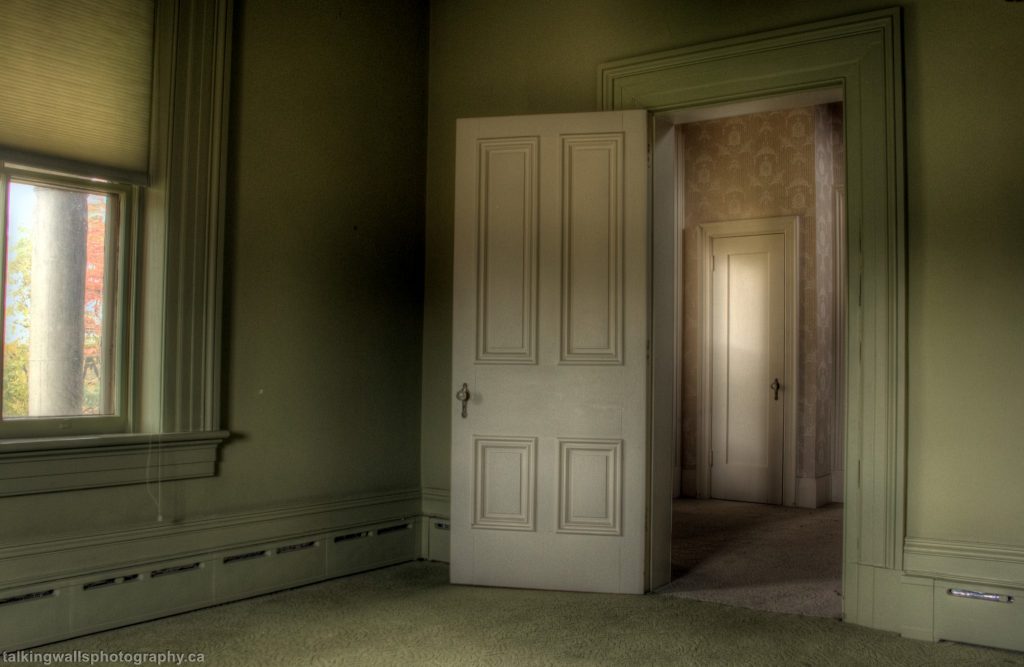


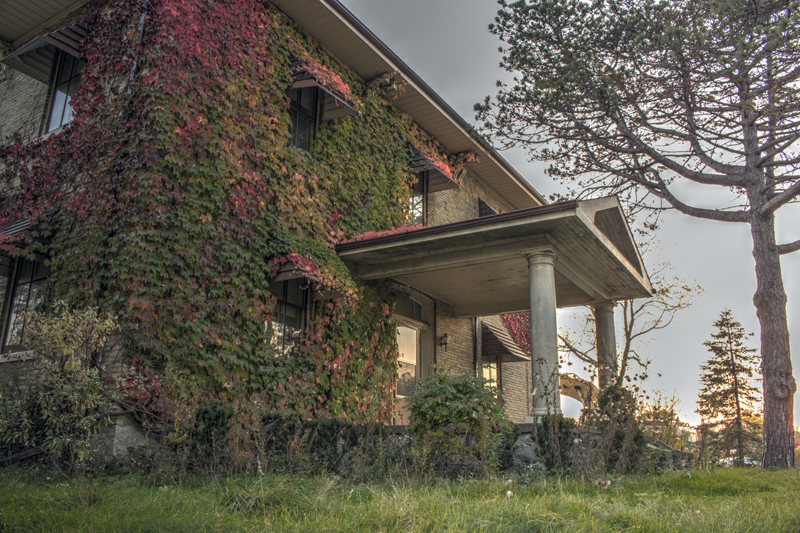

After Sifton Properties renovations









